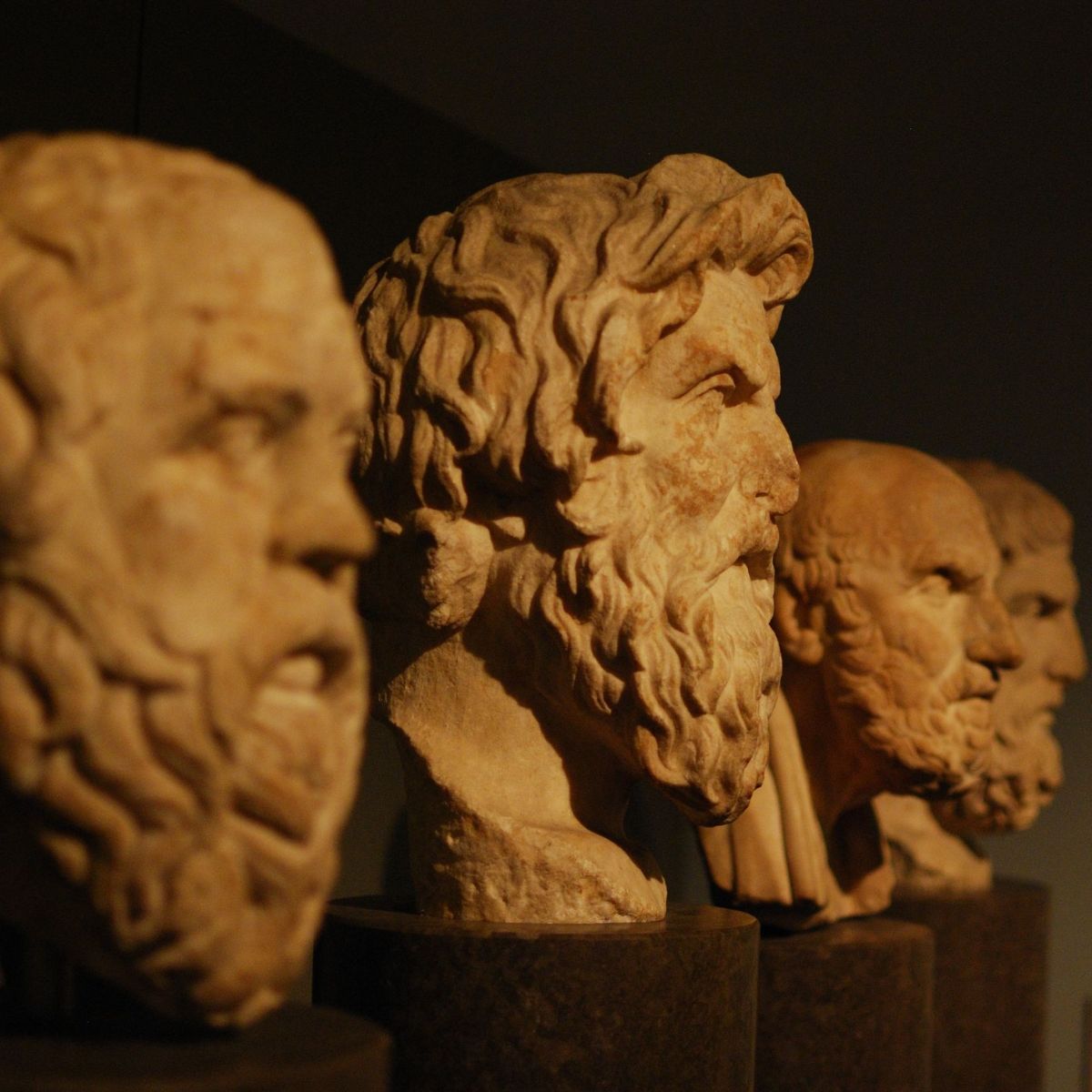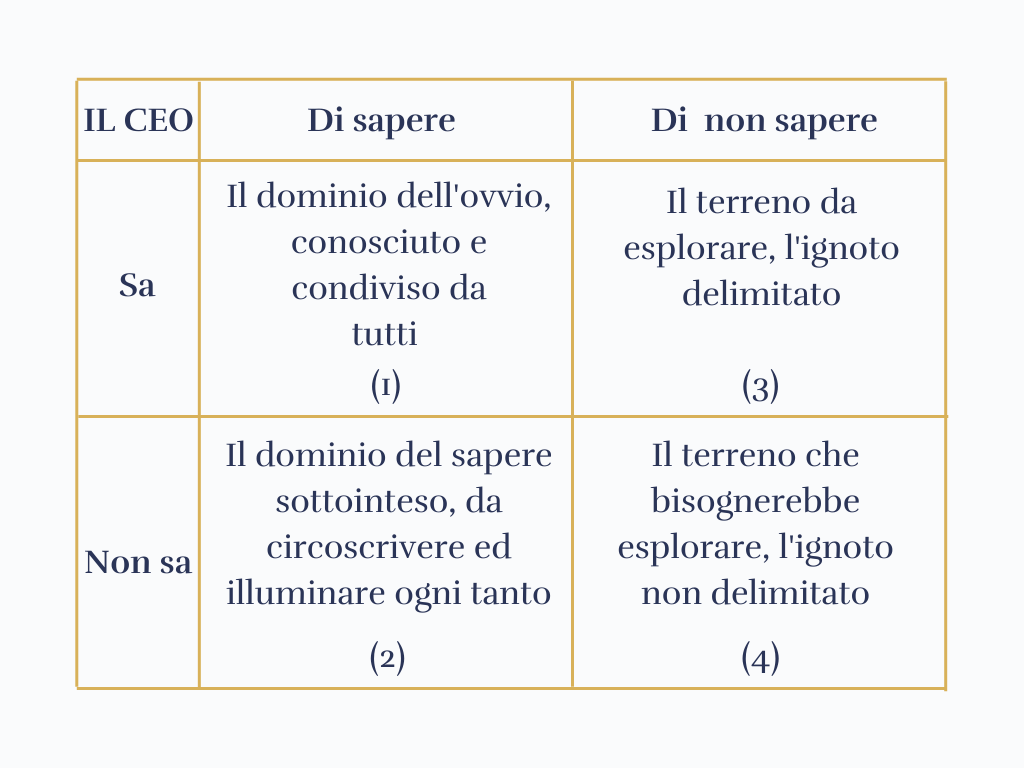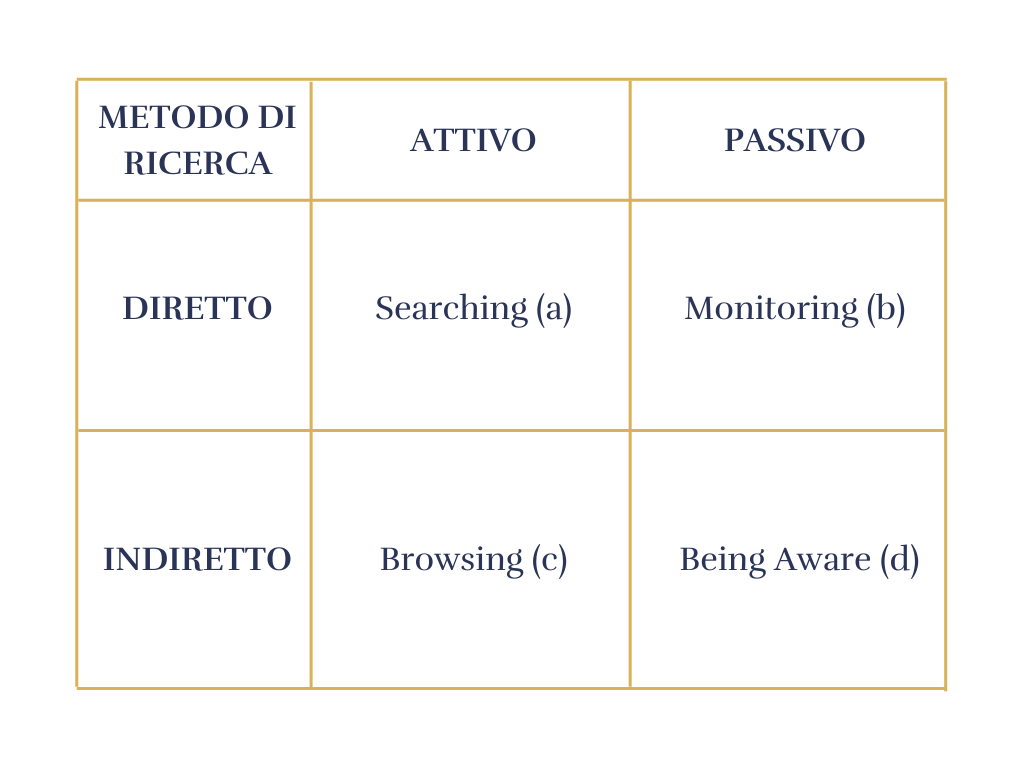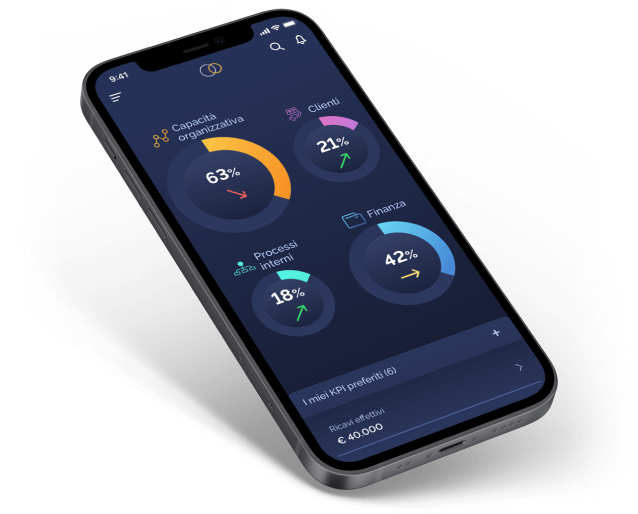
Thauma? What kind of name is that for an application?
The Romans used to say “nomina sunt omina,” meaning that names are omens, signs of destiny. Thauma is no exception; in fact, it encapsulates a lot of meaning in just a few letters.
It comes from “thaumàzein,” which expresses the feeling of wonder, the emotion that, according to Plato, is the origin of knowledge.
Aristotle also takes up the concept of thauma in the sense of “wonder,” typical of those who question things to the point of wondering what sense they have. The emotion one experiences in knowing, filled with amazement and surprise (and sometimes even disappointment or concern for an unexpected result) when seeing reality from unusual and unprecedented perspectives. This word has also made its way into modern language: a “thaumaturge” is someone who performs miracles, wonders, marvels.
But what does the philosophy of 2500 years ago still have to say to today’s business leaders? Cognitive neuroscience confirms that it still has much to teach: at the foundation of knowledge, there is always a motivation, if nothing else, the pleasure of knowing.
But while in Greek philosophy, this pleasure is an end in itself, in the business context, knowledge is instrumental to the strategic and organizational purposes of the business leader. Thauma does exactly this: it opens up new perspectives of knowledge about their organization for SME CEOs.
And like the “thauma” of ancient Greek philosophy, the emotion of knowledge can be both positive, “I had never considered things from this perspective”, and negative, “I did not expect to find this situation”.
It is said that a good report “should never generate surprises,” and this is a valid criterion in guiding the work of a professional, a controller, or a CFO. For the CEO, surprises, whether positive or negative, are a powerful incentive for action and intervention.
In summary, without a good dose of motivation, passion, and curiosity, there is no knowledge. This also applies, or perhaps especially, to information in organizations, which can always elicit reactions of opposite sign. Therefore, it becomes important that the “wonder” arises from an objective and impartial system like Thauma, which takes the CEO’s point of view, seeing the company as a unique whole.
Thauma aims to offer the CEO insights that activate and increase the motivation to know. But know what?
Thauma and Donald Rumsfeld’s “curious” matrix
On 2/12/2002, when asked about the stability of the situation in Afghanistan, the then US Secretary of Defense Donald Rumsfeld uttered a sentence that generated a mountain of discussions and controversies. He was “massacred” by public opinion, political analysts, and opponents alike.
“There are known knowns: things we know we know. There are known unknowns: we know we don’t know them. And then there are unknown unknowns: we don’t know that we don’t know them.”
The judgment on his statement may be controversial, but it expressed a profound truth, albeit not intuitive, that many great minds of the past have tried to articulate in their own words:
- A unique American writer-philosopher of the 19th century, Henry David Thoreau, in his autobiographical book “Walden; or, Life in the Woods,” wrote that “to be conscious of what we know and aware of what we do not know is the real knowledge.”
- Confucius, who posed the question: “How can we be aware of our ignorance if we do nothing but resort all the time to the notions we already know?”
- “Increasing the field of knowledge only enlarges the horizon of ignorance,” summarized Henry Miller in “The Wisdom of the Heart” (1941).
- The British statesman, politician, and writer Benjamin Disraeli, in “Sybil” (1845): “The awareness of our ignorance is a great step towards knowledge.”
But when it comes to the CEO and their knowledge of their own company, what can all this mean? Is it possible that the business leader may not know, at least in part, what is happening in their organization?
Referring to the quadrants of the “Rumsfeld-Thauma matrix”:

- The quadrant (1) doesn’t hold particular interest; it’s the standard reporting, the “no surprises” zone. Thauma covers it entirely.
- Quadrant (2), on the other hand, is everything that doesn’t find a place in reporting, part of the “tacit” or “implicit” knowledge. This zone of knowledge should be brought to explicit observation and reconsidered, at least once in a while because many pieces of information might have become obsolete or, conversely, critical. Thauma’s data can unearth these details.
- Quadrant (3) it’s the challenge that Thauma presents to the CEO: everything that collaborators don’t tell them and/or that information systems don’t capture because they’re not structured to do so.
- Quadrant (4) is, in Rumsfeld’s words, the unique, additional value that Thauma can bring to the CEO by highlighting areas of risk, things not covered by information and outside the CEO’s awareness.
But how do you bring to light what you don’t know you don’t know?
Connecting the dots (and it’s not a pastime): The CEO as a “hunter”
For millions of years, humans were hunter-gatherers on the savannahs. So, we must recognize that some fundamental skills are “hardwired” into the brain and senses of the species. As a hunter, humans learned to track prey by recognizing their traces in mud and sand, deducing their passage from broken branches, tufts of fur caught in thorns, food remains, smells…
As gatherers, humans learned to eat certain nutritious berries and herbs and avoid poisonous ones, distinguishing shapes, colors, smells, tastes, and textures by touch and taste. In essence, humans are formidable users of “cues”.
The CEO, by organizational and social role and, for successful ones, by predisposition and natural talent, is and must be a champion in this “specialty”:
The clue method involves not relying on the “big picture” but on apparently insignificant parts of it, the details, from which it is often possible to derive more “truth” because they are overlooked by a top-down perspective and therefore less subject to falsifications and adulterations.
For example, the clue method has been successfully used to establish the authenticity of a work of art, as forgers often neglect to reproduce certain details in the same style as the original. It is also a typical method of medical semiotics: an art, more than a “science”, of recognizing the disease from symptoms without “opening up” the patient, a role reserved for pathological anatomy.
But come to think of it, with instrumental laboratory diagnostics, the role of semiotics is effectively downplayed. And a KPI system like the one offered by Thauma stands to intuition, or “instinct,” as instrumental diagnostics stands to semiotics.
Downplaying, however, does not imply the disappearance of the need to interpret the values that come out of instrumental diagnostics. Even after it has provided its result, an interpretation of the values leading to a diagnosis is still needed. This may not be unequivocal due to the breadth of values or the multiple causal relationships between certain values and certain pathologies. So, the task of “connecting the dots” remains critical and typical of the CEO.
In the “Rumsfeld-Thauma matrix”, investigative searching and connecting the dots are activities that fall into the two right quadrants. Thauma contributes to “direct” or “initiate” the search with very discreet “hints” because it’s good not to interfere too much and leave ample space for intuition, curiosity, and imagination.
Are we kidding? “Learning” from an application?

How do we search for information in general? Our searching behavior can be classified as active/passive and direct/indirect.
- Direct: actively seeking specific information that can be specified at some level of definition.
- Indirect: searching more or less at random, exposing oneself to information.
- Active: engaging in search activities.
- Passive: simply being in a disposition to absorb encountered information.
In summary:
- Searching (a) and Monitoring (b) are search modes to find information that we know we need to know.
- Browsing (c) and Being Aware (d) are modes through which we search for and find information that we don’t know we need to know.
Contrary to what one might think, the (d) quadrant, passive/indirect, simply being conscious/aware is a huge source, the main source, of what we learn and know.
For a CEO who looks at Thauma without a specific goal in mind and without doing anything, simply observing the organization (without the organization knowing it’s being observed) becomes a way to personally understand the daily challenges of their collaborators at various levels, the efforts they make, the “shortcuts” they take to bypass and/or make procedures work, the mistakes they make more or less intentionally and/or knowingly.
Monitoring (b) and Browsing (c) modes are opposite and complementary. Monitoring implies a state of vigilance, at least as an underlying thought, something that is always in mind even if not continually attended to; for example, a driver doesn’t always check if any engine warning lights are on, but they always have the alert ready in case a warning light indicating a malfunction turns on (even if they don’t expect it).
It’s not possible, however, to draw a clear line of distinction between Being Aware (d) and Monitoring (b). They share a passive attitude, the lack of a need that drives active search, but what sets them apart is the higher level of sensitivity/vigilance towards certain points of interest, which creates a selection of the observed field in the case of Monitoring.
Monitoring creates a closeness (which may not necessarily be physical), a proximity of interests that still leads to “finding.” Capturing even the “weak signals” is a central task in the CEO’s governance activity.
Regarding Browsing (c), it involves being in a situation where there’s an absence of a particular information need or specific interest, and actively exposing oneself to some possible new information. It’s an attitude of curiosity. From an evolutionary perspective, it’s the search for food, with all its uncertainties: the prey can turn into a predator, the plant can be poisonous.
Searching (a), on the other hand, is actively looking for a certain defined piece of information. Somewhat unexpectedly, according to cognitive science studies, this behavior contributes the least to learning and knowledge formation: only 1% compared to about 80% attributed to simple Being Aware, and the remaining 19% divided between Browsing and Monitoring!
These percentages may not be directly transferable to the world of CEOs, as they were derived from research on learning processes, but it remains a thought-provoking point.
One of the most plausible explanations is that individuals, or at least most of them and in most circumstances, in the search for information, widely use the principle of least effort, to the point of settling for lower-quality information (less reliable) if it is more readily available or easier to use.
Aware of this inherent problem in today’s society, Thauma’s task is not to go against the habits and research methods most commonly used by CEOs. On the contrary, the priority is to accommodate them with increasingly reliable and valid results and values.







